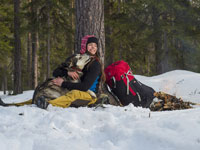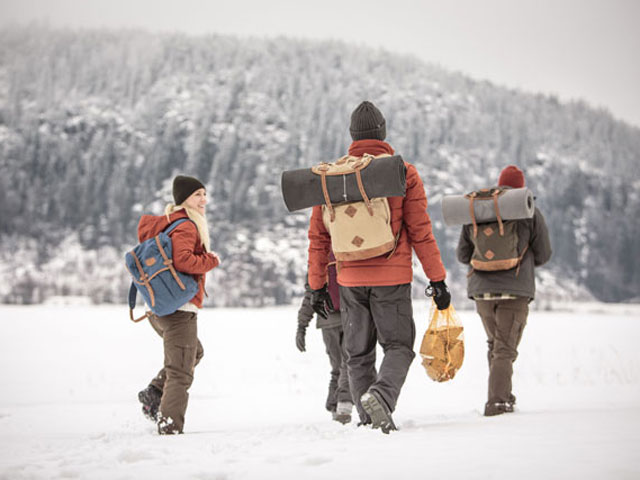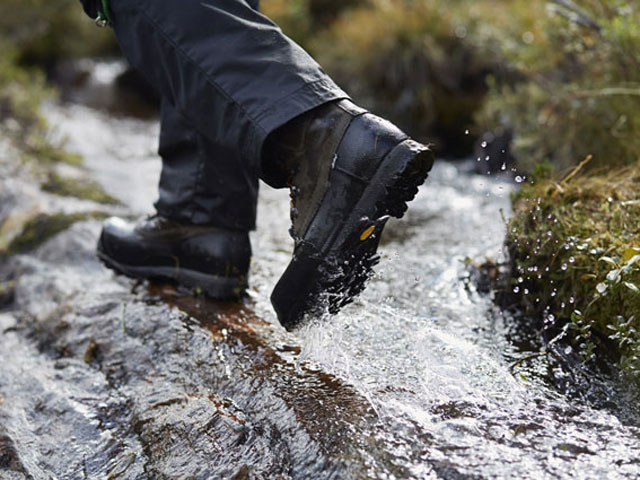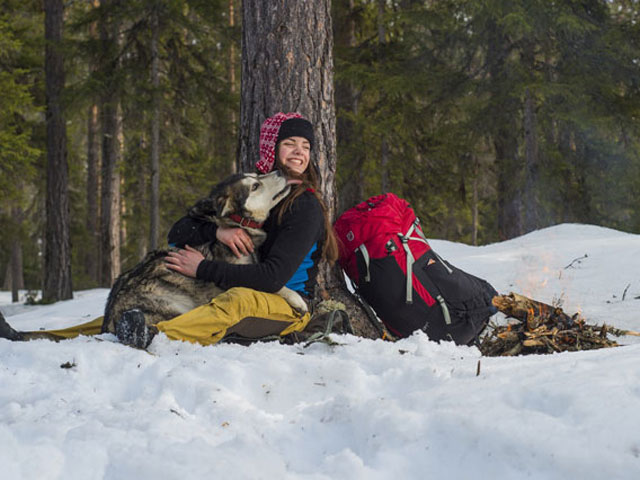
This article is a guest post from our friends at Nordic Outdoor, UK stockists of a wide range of Scandinavian outdoor brands.
No matter the weather Scandinavians love to be outdoors. Rooted in this lifestyle are a lot of ways of looking at the outdoors, and the clothing necessary to enjoy it, that are vastly different from what is commonly accepted in the United Kingdom.
Here in the UK clothing manufacturers compete with one another about whose product is the most perfect. They say that you need a product that is the ultimate performer whether the sun is shining or the rain is pouring, whether it’s scorching hot or freezing cold – and their product delivers on all accounts. The whole idea of clothing being that perfect is of course ridiculous and in Scandinavia this is something that is accepted. Instead of boasting about perfection it is a matter of finding the best solutions to imperfections.

From an early age Scandinavians are taught the importance of dressing in layers so that the clothing can be adjusted to the weather and the level of activity. At the heart of this is of course the notion that there is no such thing as a single article of clothing that suits all occasions. Instead, the idea is that you wear a base layer, an insulation layer and finally an outer layer – these layers can then be taken on and off depending on what you are doing. The base layer is supposed to transport moisture away from the body, the insulation layer (as the name would suggest) is the layer that keeps you nice and snug, and finally the outer layer is supposed to keep the elements out.

There is also the matter of natural fabrics versus technical materials in general, and membrane jackets in particular. Instead of getting in to the whole technical explanation of how membranes work, which can get long and boring, it is enough to say that a membrane jacket will never be as breathable and comfortable as a jacket made from natural fabrics. At the same time the jacket made from natural fabrics will never be completely waterproof while the membrane jacket will. So, that means a choice will have to be made. Are you willing to be uncomfortable every time you go out in an attempt to avoid getting wet the one time? Or is better to have felt great nine times out ten in a natural fabric? Most Scandinavians will tell you that the latter is the way to go.
Another area where the approach taken by Scandinavian clothing manufacturers tend to differ from the UK is when it comes to decreasing the environmental impact of their production. The way they see it really quite pragmatic. The first realisation is that making outdoor clothing is never going to have a positive impact on the environment, even if you take every care to reduce your footprint. So how do you minimise the impact? In Scandinavia increasing the quality of the product is seen as the most effective way.

In the long run, a high quality product always has a lower environmental impact than a product of inferior quality. Basically, the way they see it is that if you have two products, the production of both having the same impact on the environment, and one last five times longer than the other, the environmental impact of the higher quality product is five times less. Take Swedish boot and clothing manufacturer Lundhags for example, not only do they make products of the highest quality to begin with but also actively use design that allows for repairs. The fact that it will save you as a customer money in the long run is just an added bonus.
At Nordic Outdoor we know these values better than most and are trying to promote them here in the UK. If you think Scandinavians are on to something here, and you want to know more, stop by our website to gear up for your next adventure Scandinavian style!
